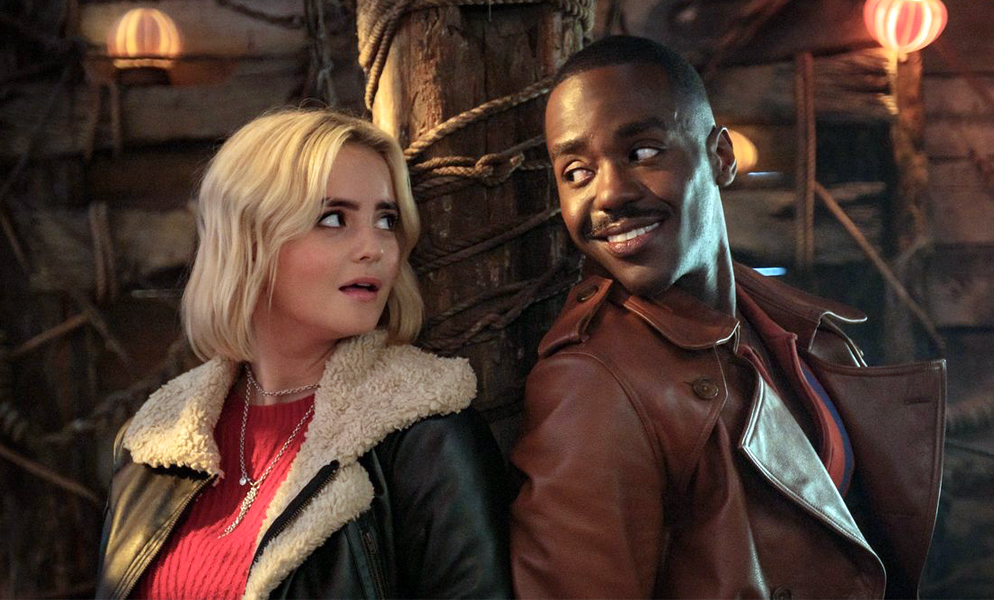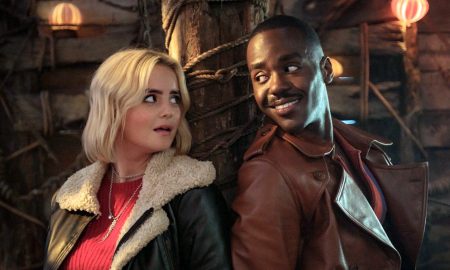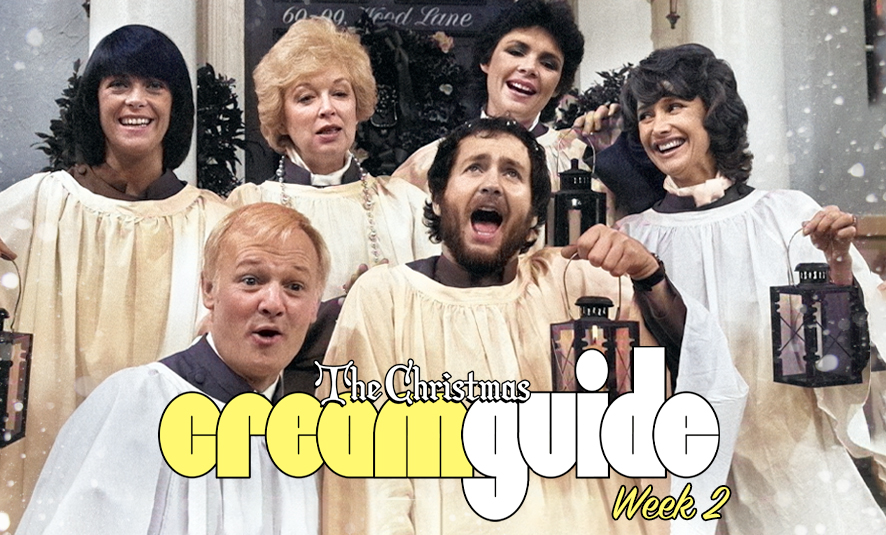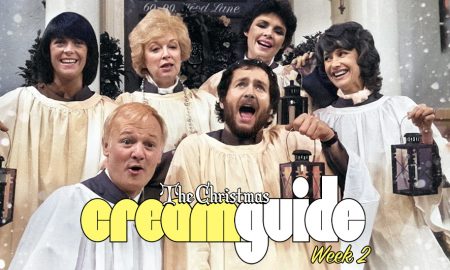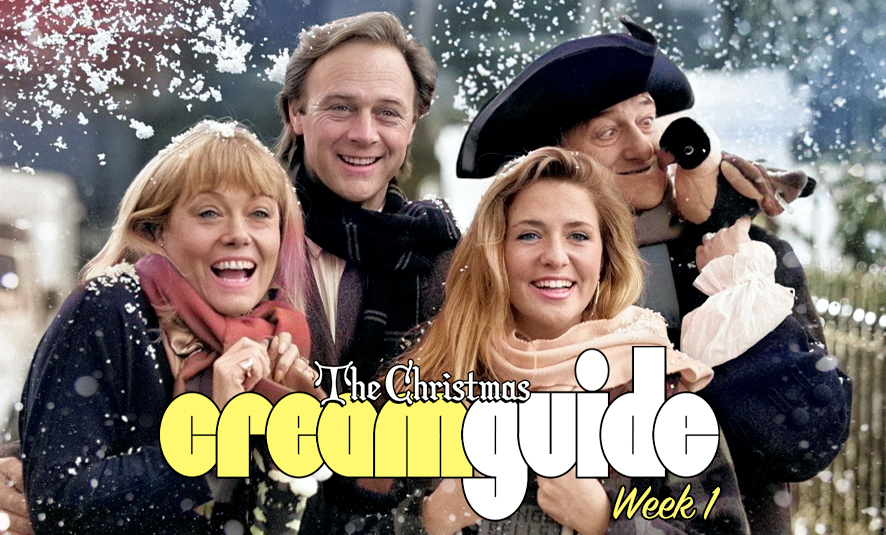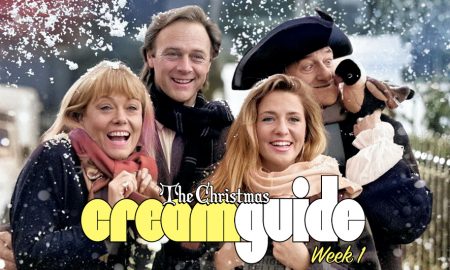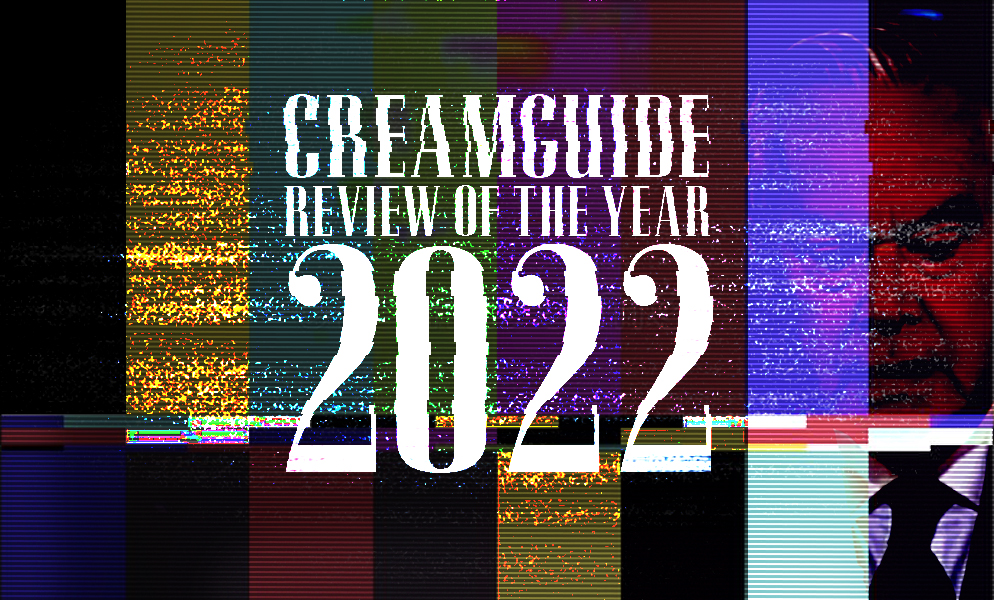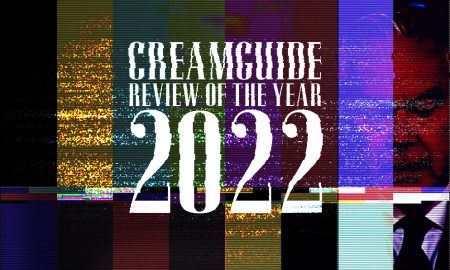No one likes this film much, but we do, if only because it excitingly ties up two of our filmic obsessions – the directorial career of ex-Warner Brothers animator Frank ‘Hare Remover’ Tashlin, and the Margaret Rutherford Miss Marple films. For this had Wor Frank, rather madly, directing a Poirot mystery in the wake of Ruthers’ deserved success with her Christie canon, and indeed Dame Margs makes a brief cameo appearance as Miss Jane, along with a certain ‘Mr Stringer’.
Originally, Zero Mostel was to play the Belgian buggerlugs, a state of affairs we’ll have to try and imagine (actually, best not even go there) as Tony Randall eventually landed the part. It’s a weird mix, for sure – the art deco detective transferred to swinging London, and Aunt Agatha’s elaborate plot (in which, of course, she cheats like mad to get the solution) all but ignored in favour of sight gags, set-pieces and Robert Morley wearing a towel.
Anyway, to expository business. Tish Tash started off as a cel washer and all-round dogsbody for Max Fleischer and then the Van Beuren cartoon studio, which made loads of those creepy, charmless rubber-limbed black and white efforts which graced yet another play of Trampled Underfoot on Whistle Test. He later moved up to Termite Terrace and, as they all do, got wise to Tex Avery’s all-in brand of mischief and mayhem.
A brief period in the wilderness after a dispute with tight-arsed Leon Schlesinger saw him pitch up at Ub ‘Flip the Frog’ Iwerks’ and Hal Roach’s premises for gag-writing duties on such Laurel and Hardy classics as The Fixer-Uppers and Tit for Tat. Going back to Warners’, he made director status. Several vintage Porkys, and a Porkyesque alcoholic pig called WC Squeals trying to get brandy off a St Bernard, made an appearance.
Then came a brief flirtation with Disney as a story writer, before he went, like Bob Clampett before him, to Columbia’s ill-fated new cartoon studio Screen Gems, devising the well-remembered Fox and the Grapes before pissing off *again* to Warner’s, where his legacy included the addition of show-offy camera angles, and the development of the classic gag-after-gag construction, coupled with more sustained bits of antic business. In ’47 came The Way of Peace, an anti-nuclear stop motion preach-in funded by the Lutheran church. Better fare came when he landed the gig masterminding the final days of the troubled production of festive Bob Hope charity Santa musical comedy The Lemon Drop Kid (and please, someone schedule this over Christmas Fortnight), memorable for the array of sozzled racetrack reprobates as much as Yuletide number Silver Bells.
After standard ‘she’s having a baby’ domesticom The First Time, Tash hit paydirt with Bob again, in Creamguide favourite Son of Paleface, which added Frank’s comic timing and Roy Rogers to the original dentist out west gumbo, and improved on it in no small wise. Susan Slept Here jazzed up a rather iffy romance between ageing screenwriter Dick Powell and young hoofer Debbie Reynolds with a lurid spider-filled dream sequence and Powell’s Oscar statuette on narration duties.
A slew of Jerry Lewis films followed, and they may be the most brilliantly made films in the entire history of cinema, but we’ll never know that, because Jerry Lewis is in them and we find it almost impossible to watch them as a result. Still, never mind them, his two fantastic Jayne Mansfield comedies are the ones to look out for – rock ‘n’ roll romp The Girl Can’t Help It and advertising satire Will Success Spoil Rock Hunter? – full of cartoonish staging, prtoto-Airplane! sight gags and that slightly icky ’50s Technicolor look used the right way (to see it used the wrong way, watch any Elvis Presley film).
After that it was mainly Lewis, though there was Bachelor Flat, in which Terry-Thomas was somehow irresistible to all women; and The Man from the Diner’s Club, a credit-card-chasing farce which was both the last film Danny Kaye starred in and the first written by William Peter ‘Exorcist’ Blatty. Then, after the abovementioned sleuth-in, Tash finished up his career with a trio of Cold War intrigue farces – unruly Doris Day/Rod Taylor spy romcom The Glass-Bottom Boat (complete with a bottomless Day, NASA centrifuge and ‘nuclear kitchen’); the magnificent hairspray espionage laugh-in Caprice (see Creamguides passim); and, for his swansong, a reunion with Bob Hope as the titular beer-salvaging sailor in The Private Navy of Sgt O’Farrell, aided and abetted by Gina Lollobrigida and perma-wisecracking loudmouth Phyllis Diller.
Then that was more or less it – Chuck Jones made a cartoon of his old children’s book The Bear That Wasn’t (about a bear who’s recruited as a human factory worker) and sorely pissed him off in the process. We appear to have strayed from our initial brief on this billing, but hey, it’s our typewriter.







